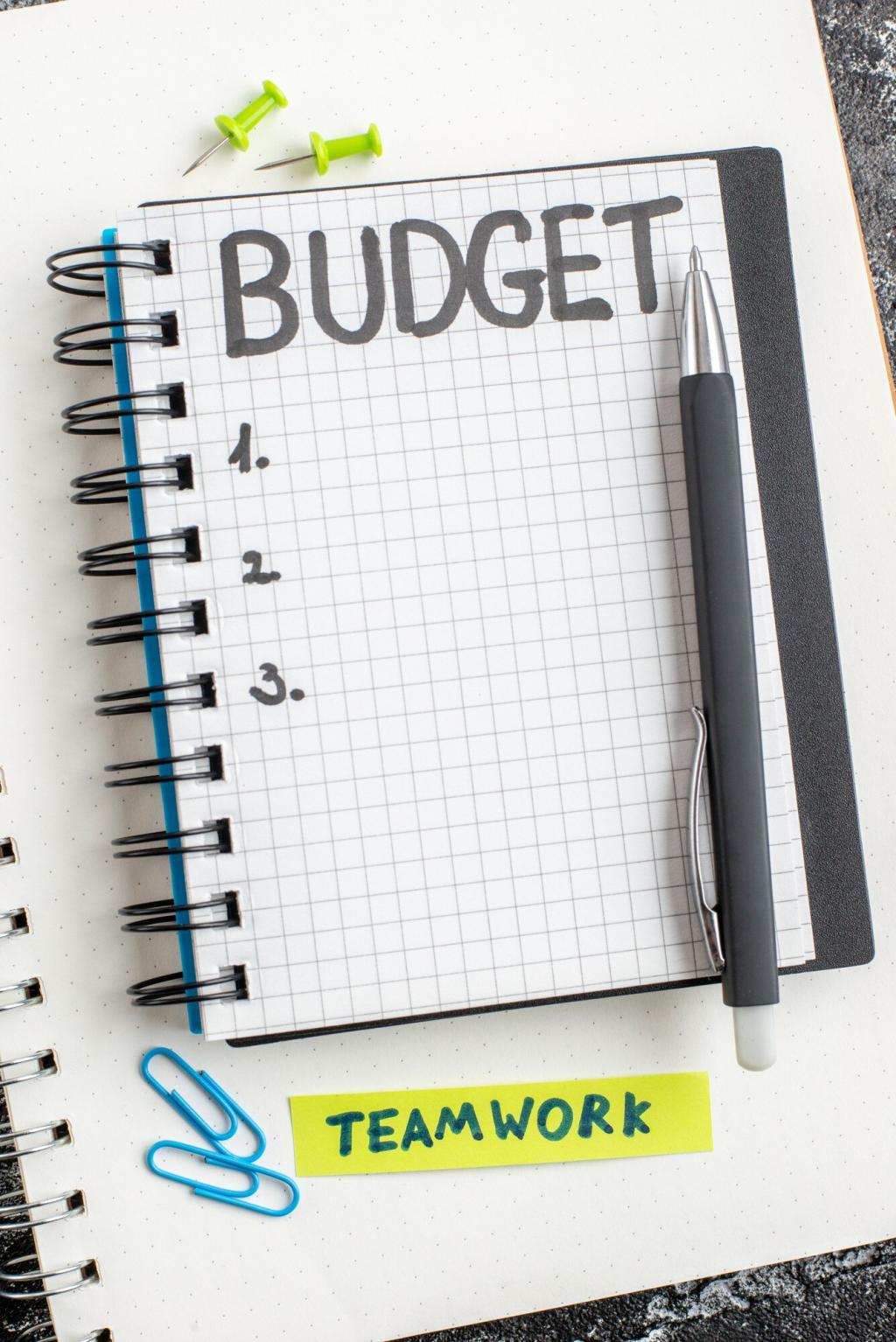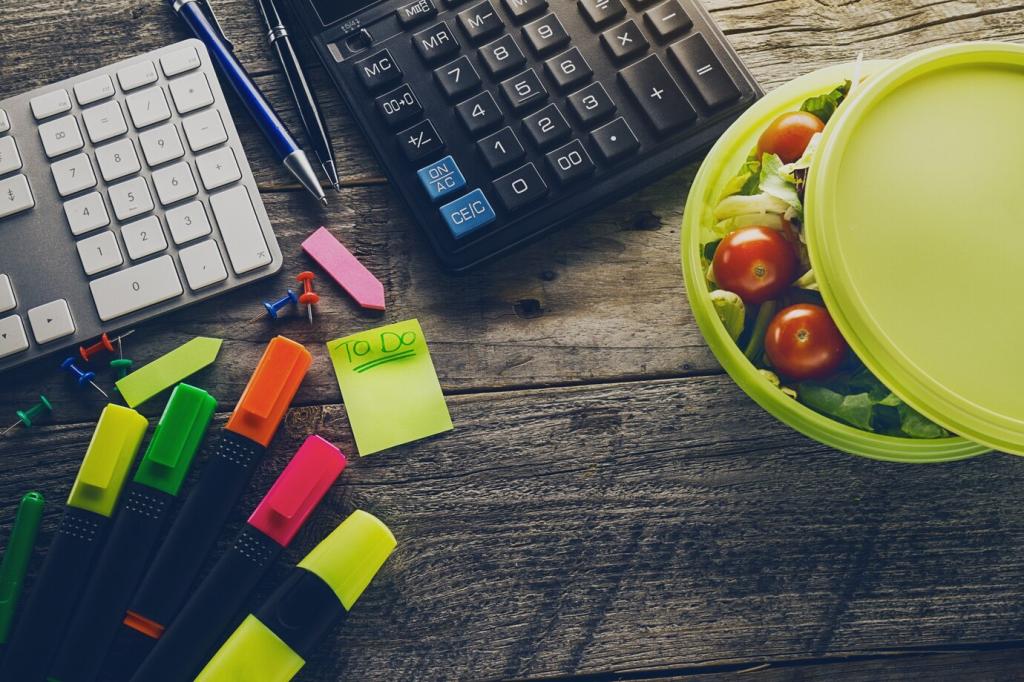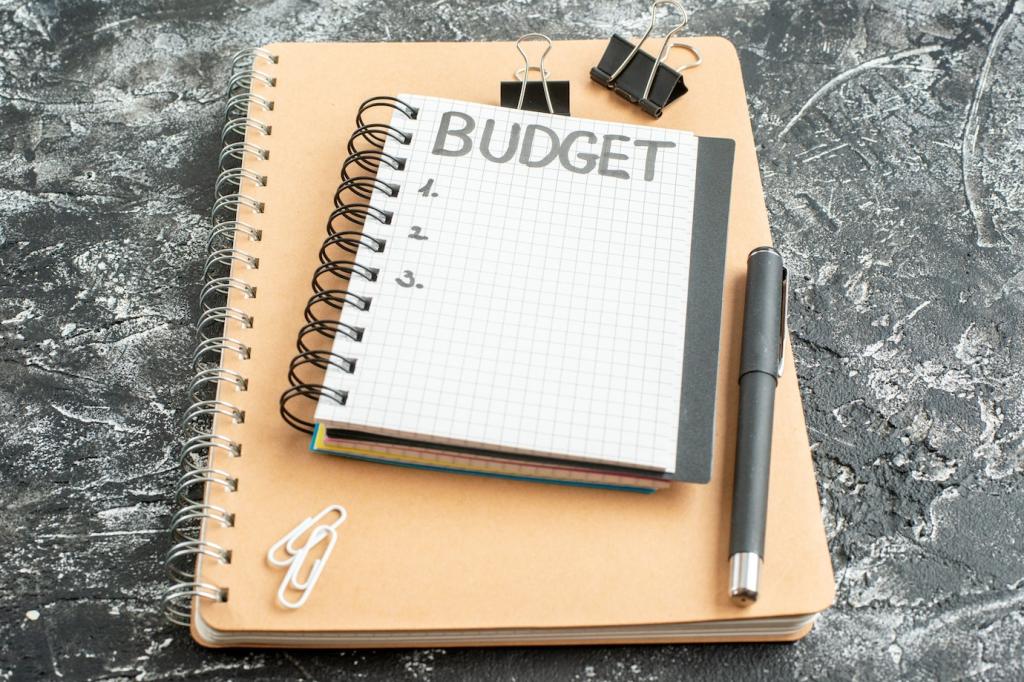Building the Fund: Systems and Habits
Schedule transfers the same day revenue lands—pay yourself first. Use percentage-based rules rather than fixed amounts to match cash flow’s rhythm. Set calendar nudges to review progress monthly. Subscribe for our simple automation checklist and examples.
Building the Fund: Systems and Habits
Overfund during peak months, hold steady during troughs. Set a higher sweep in busy seasons and a maintenance sweep when quieter. Pre-plan the shifts so emotions don’t override discipline. What’s your high-and-low season strategy for contributions?
Building the Fund: Systems and Habits
Redirect windfalls—tax credits, rebates, late invoices, or discontinued subscriptions—straight into the reserve. Name these wins publicly with your team to reinforce the habit. Share your latest piece of found money and how you allocated it to safety.
Building the Fund: Systems and Habits
Lorem ipsum dolor sit amet, consectetur adipiscing elit. Ut elit tellus, luctus nec ullamcorper mattis, pulvinar dapibus leo.




